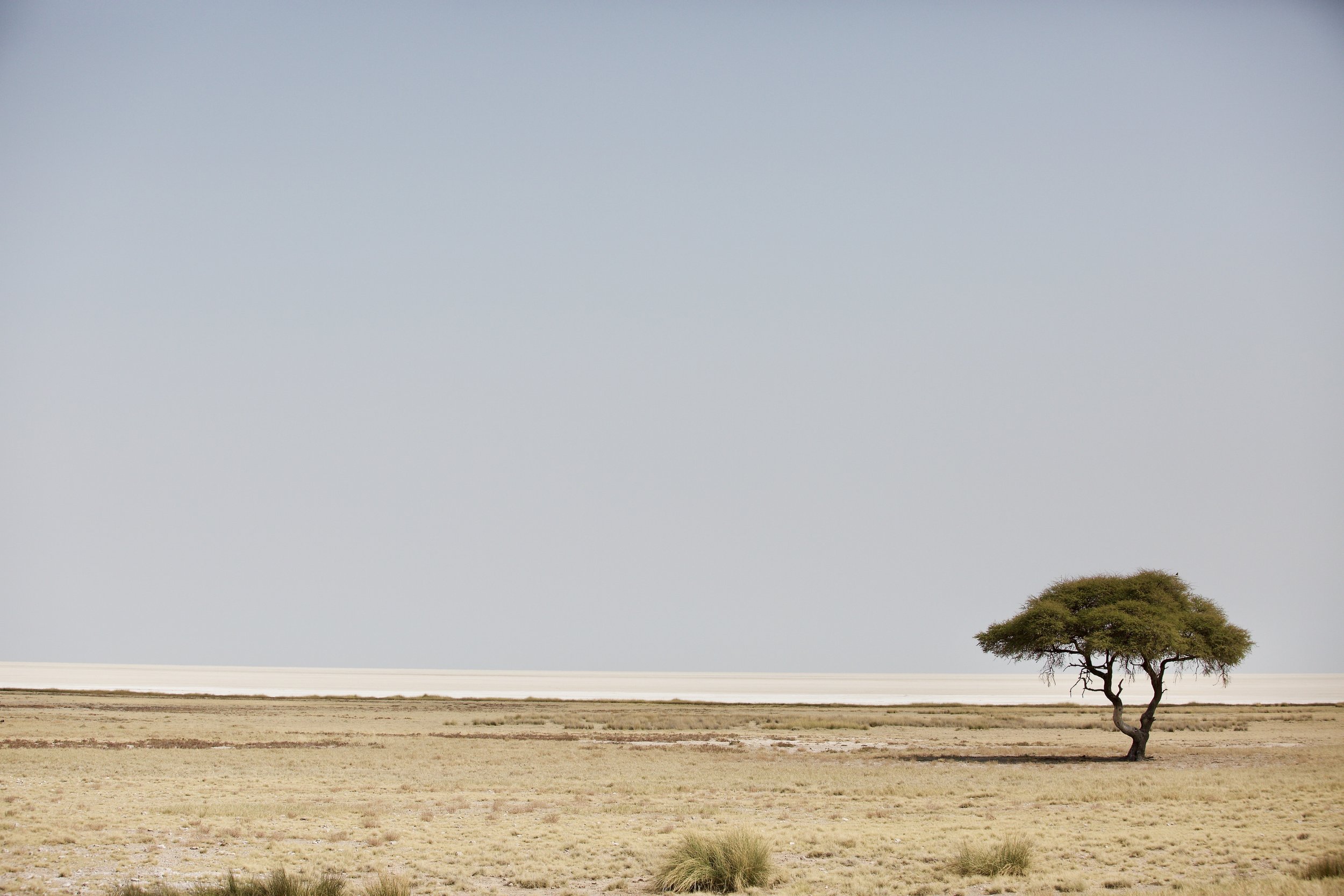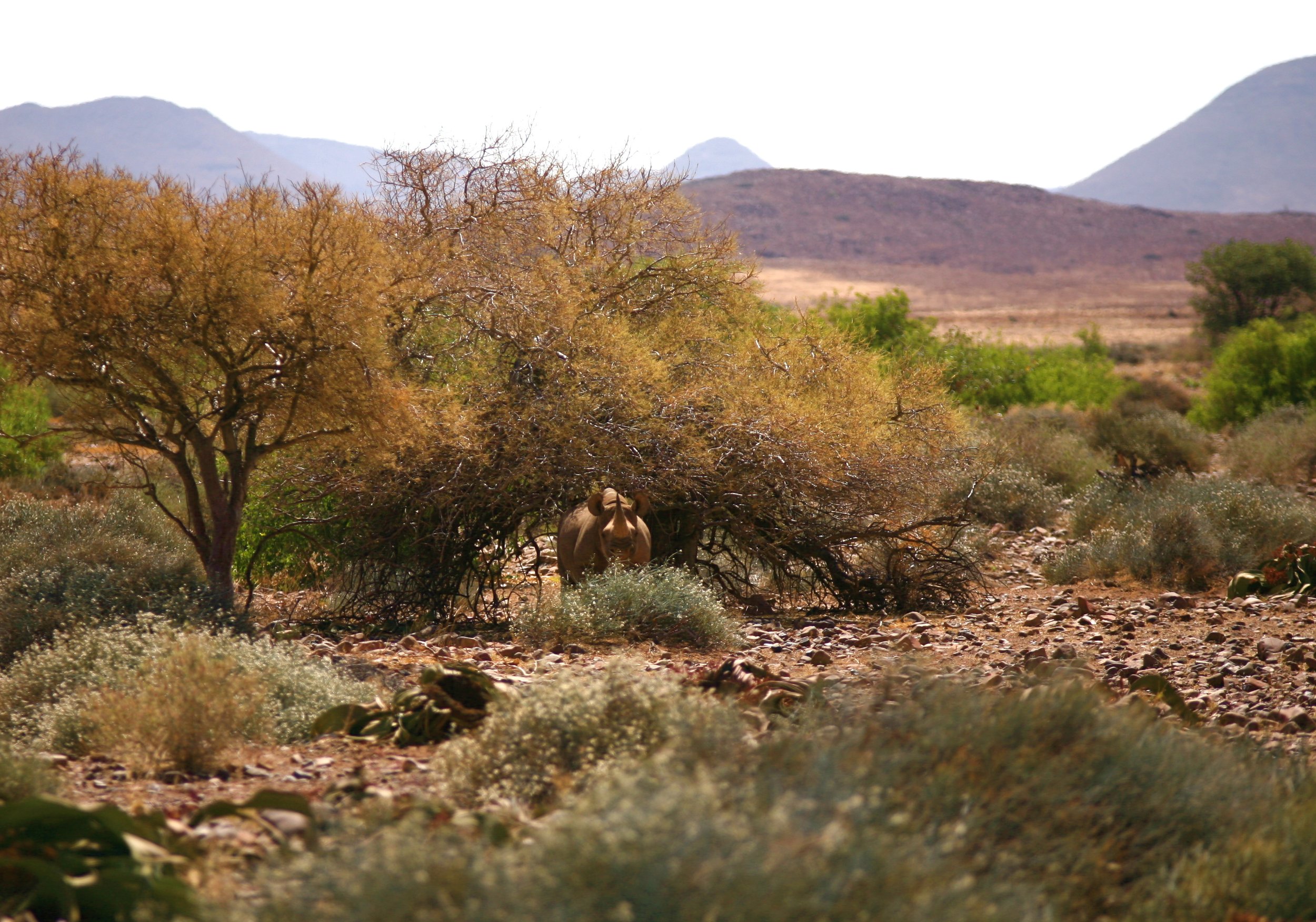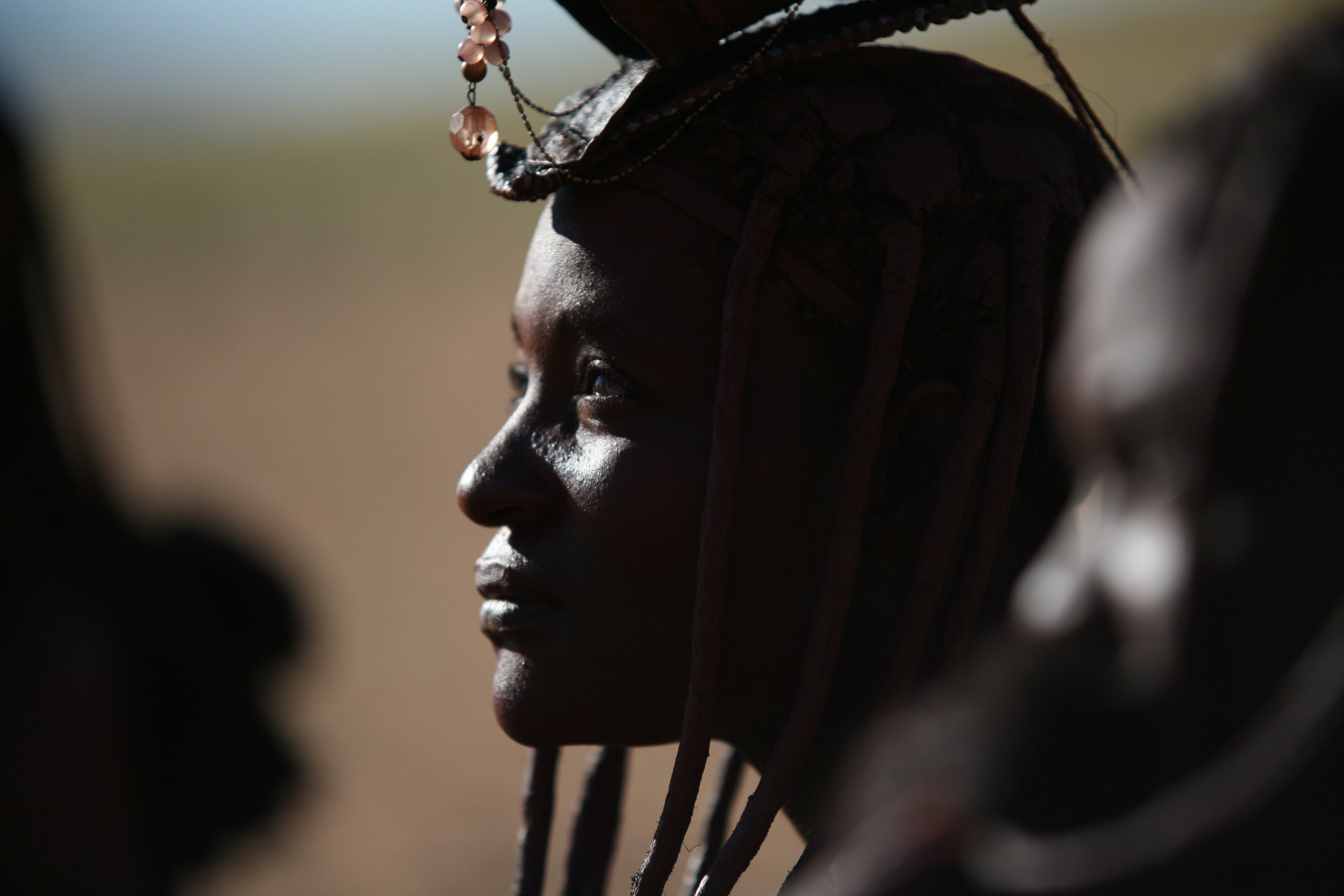Namibia: A Land That Slows You
There is a kind of magic that Namibia weaves around you, an enchantment that seeps into your bones and lingers in your soul. I may be sounding overly poetic here right from the start, but there is something about Namibia that permeates. Its rich tapestry just ‘includes’ you and makes you become part of it, just by merely being there on this great land... I have been privileged to travel and work in this extraordinary country for decades; leading safaris, filming documentaries, and simply immersing myself in its vastness. And yet, no matter how many times I return, Namibia still takes my breath away.
Namibia infects your inner safari core. It is a land of silence, of space, of infinite horizons where time itself seems to stretch and slow. Here, nature dictates the rhythm, and you have no choice but to surrender. In a world that constantly rushes forward, Namibia urges you to pause... to watch, to listen, to be.
I loved geology as a kid, but when life gets going, you forget how some parts of the landscape were formed… you can forget the importance of the soil, the rocks, the very earth you are walking on... This country makes you question all of this, just by just driving, walking and being in it... Namibia’s landscapes are ancient, sculpted by time itself. The Namib Desert, one of the oldest on Earth, tells a story written in dunes, shifting sands, and coastlines. Sossusvlei, with its towering dunes ablaze in the morning sun, is a place that defies description. Each grain of sand has travelled on the wind for millions of years, creating landscapes that are both haunting and humbling.
Etosha National Park is a world unto itself… a vast, shimmering expanse where fauna is drawn to the lifeblood of ephemeral waterholes. 25years ago, I saw my first Namibian elephant there, unlike any I had encountered across Southern, East, or Central Africa. He was an old bull, his skin a pale, ghostly white from the park’s calcrete dust and mud, his tusks cracked and broken. But it was his trunk that held my gaze… shortened, likely the result of a poachers snare, but also maybe a battle with a predator at a very young age… who knows?… However, an injury that should have ended his story. Yet, he had endured. A survivor shaped by this unforgiving landscape, he was a stark reminder of nature’s resilience, a testament to adaptation in a place where only the toughest persist…
In the heart of Etosha, where the shimmering salt pan meets the golden grasslands, elephants emerge like ancient spirits… ghostly white against the landscape. Coated in this distinctive calcrete dust and mineral-rich clay, they move with quiet majesty, their ivory forms almost blending into the heat haze. Watching them dust-bathe at a waterhole, the powder rising in soft clouds around them, is like witnessing a ritual as old as time… one of survival, protection, and the pure, simple joy of being wild.
And then there is Damaraland; where desert-adapted elephants roam through a land of red rock and endless sky. The desert-adapted elephants of Damaraland exist in a world of extremes, traversing vast, arid landscapes in search of food and water. Unlike the elephants of Etosha, which utilise permanent waterholes, these resilient giants roam great distances along dry riverbeds, digging deep into the sand to uncover hidden water sources. Their legs appear longer and leaner, a potential adaptation to their nomadic lifestyle… and they feed sparingly on drought-resistant vegetation, carefully stripping leaves, seemingly without damaging the trees. In this harsh, unforgiving terrain, survival is a delicate balance, demanding patience, memory, and an unyielding instinct to endure..
For a land often described as barren, Namibia is bursting with life. The desert-adapted wildlife; Gemsbok, Springbok, Brown Hyena, and the elusive Pangolin, to name a few… all that live here have mastered the art of survival in a landscape that seems inhospitable to the human observer. The Black Rhinos of Damaraland, are one of the last free-roaming populations on Earth and they embody resilience.
Many years ago, I was fortunate enough to guide a truly special group… four people who had always dreamed of experiencing Namibia, a country that had captured their imagination long before they arrived. We had the rare privilege of exploring the Skeleton Coast and its surrounds with the legendary André Schoeman, son of Louw Schoeman, the pioneer behind the proclamation of the Skeleton Coast National Park and Skeleton Coast Safaris. To be in their company, learning from true ‘desert masters,’ from the ground and the air was a privilege in itself.
One afternoon, we set off in search of one of Namibia’s most iconic creatures… a Black Rhino. The landscape was otherworldly, lunar. The tracks? Rough and demanding, meant only for those who knew this terrain. The temperature? Pushing 40°C. Every 500 meters, we stopped, scanning the horizon, searching beneath the sparse trees that offered the only relief from the relentless sun. Eyes ever-watchful, we pressed on.
Then, as we paused on a small ridge, André caught a glimpse of something… a shape tucked beneath a thicket. Our hearts pounded. Could it be? We stared through our binoculars, the anticipation electric. And then, with hushed excitement and quiet congratulations to one another, it was confirmed; a magnificent Black Rhino. We held our distance, watched in awe, and let the moment sink in. There, in the shimmering heat, this incredible animal standing in the shade, a true survivor of this harsh yet breathtaking land. I captured a few images, but mostly, I just soaked it all in.
Ah, Namibia… you never fail to deliver.
Then there are the birds; the Lilac-Breasted Roller, Kori Bustards, Lappet-faced Vultures, Secretary Birds, Ostrich, the secretive Dune Larks found nowhere else on earth, Martial Eagle, Pel’s Fishing Owl, Pygmy Falcon and this goes on and on! Whether you’re sitting by a waterhole in Etosha or walking through the dunes of the Namib, Namibia’s incredible diversity constantly surprises you.
Namibia’s soul is not just etched into its vast landscapes and resilient wildlife… it lives in its people. From the semi-nomadic ‘Himba’, their ochre-covered skin glowing in the desert sun, to the ‘San’, whose ancient language carries the echoes of Africa’s first storytellers, Namibia is a tapestry of cultures as rich as its terrain. The ‘Damara’, the ‘Herero’, the ‘Ovambo’, the ‘Nama’, each with their own traditions, struggles, and triumphs, add to the country’s depth in a way that no photograph of a dune or a lion ever could. Hospitality runs deep here; a shared fire, a knowing nod, a warm handshake… these simple gestures reveal a warmth that lingers long after you’ve left. Namibia’s people are the quiet heartbeat of this wild land, the keepers of stories, the custodians of a past and future woven together by resilience, pride, and an unbreakable bond with the land beneath their feet. You cannot help but feel it when you walk on this land.
The gift of safari silence… If there is one thing I cherish most about Namibia, it is the silence. Not just any silence, but ‘safari silence’. The kind of quiet that is filled with meaning… maybe its the distant roar of a lion as you sleep, the calls of the Namaqua Sandgrouse, the whisper of wind shifting the dunes, or the soft rustle of an elephant passing through camel thorn trees… or there is just pure silence, deep silence, like nothing I have ever heard in the world.
Sitting in this silence, watching a leopard melt away into the night or a solitary elephant drinking in` the golden afternoon light, is a privilege beyond words. It is a reminder that we are mere visitors in a world that operates on its own terms. There is no rush here, no need to fill the void with words and sound bites. Just the raw, unfiltered presence of the wild… a deep connection; and when you feel it, you will truly understand.
Traveling through Namibia is not just a journey across landscapes, it is a journey within. It strips away the noise, the distractions, the unnecessary. It teaches you to appreciate the detail of everything; the texture of rock, the shimmer of heat on the horizon, the delicate footprints of a gecko in the sand.
This country slows you down, not just physically, but mentally. And in that slowing down, you find clarity. You find stillness. You find yourself. Namibia is not just a place I visit. It is a part of me, a place that has shaped the way I see the world. And for those who let it in, it has the power to do the same.
HT
www.thesafaricompanion.com








